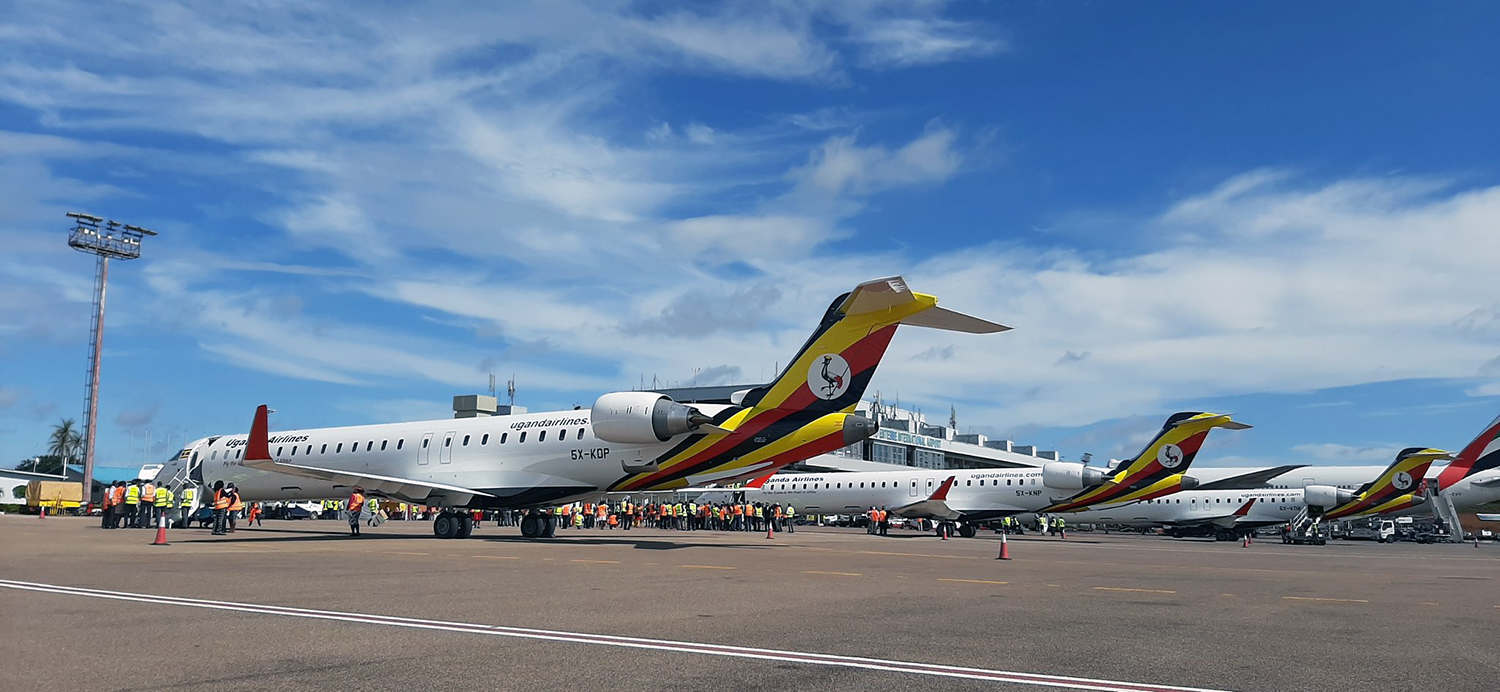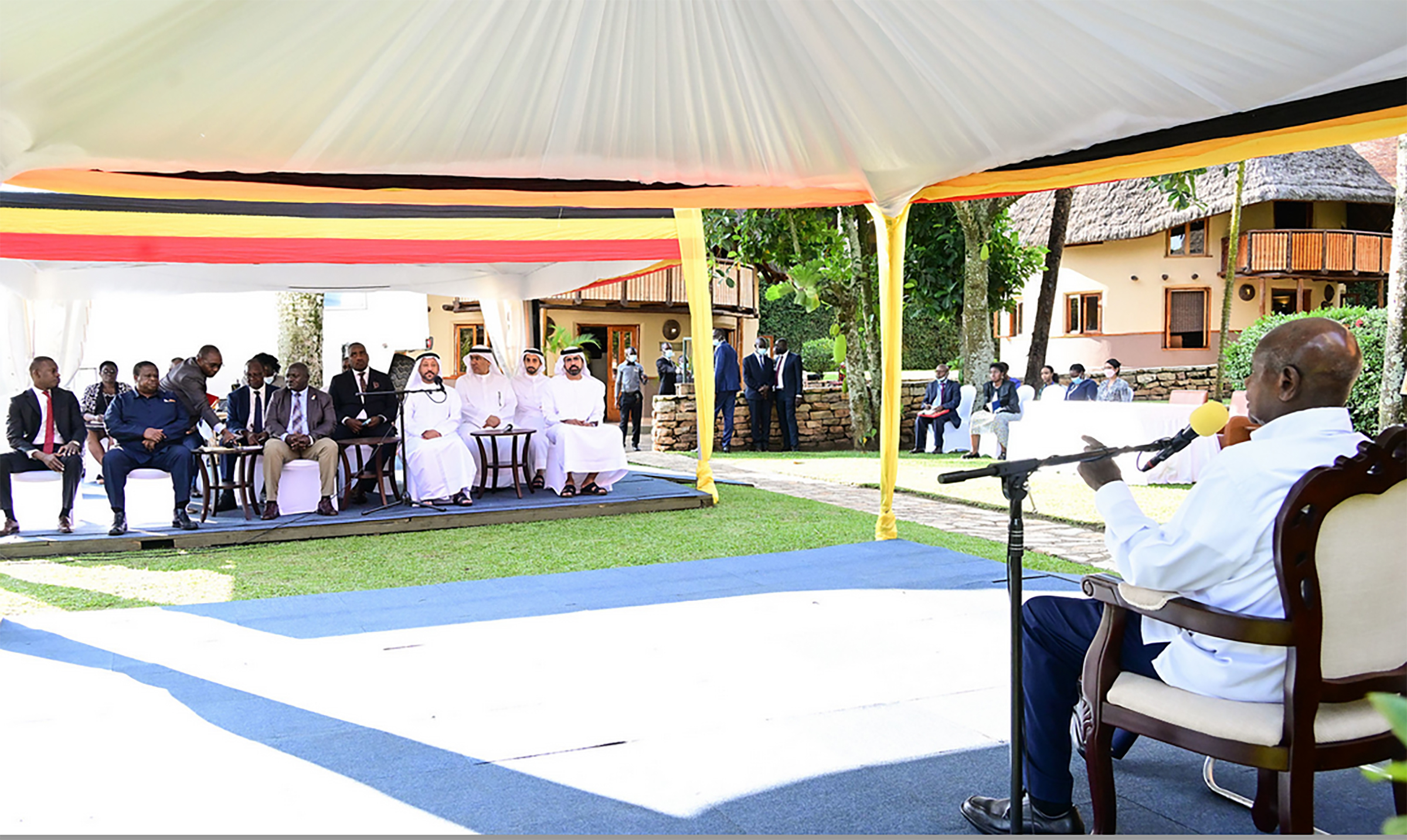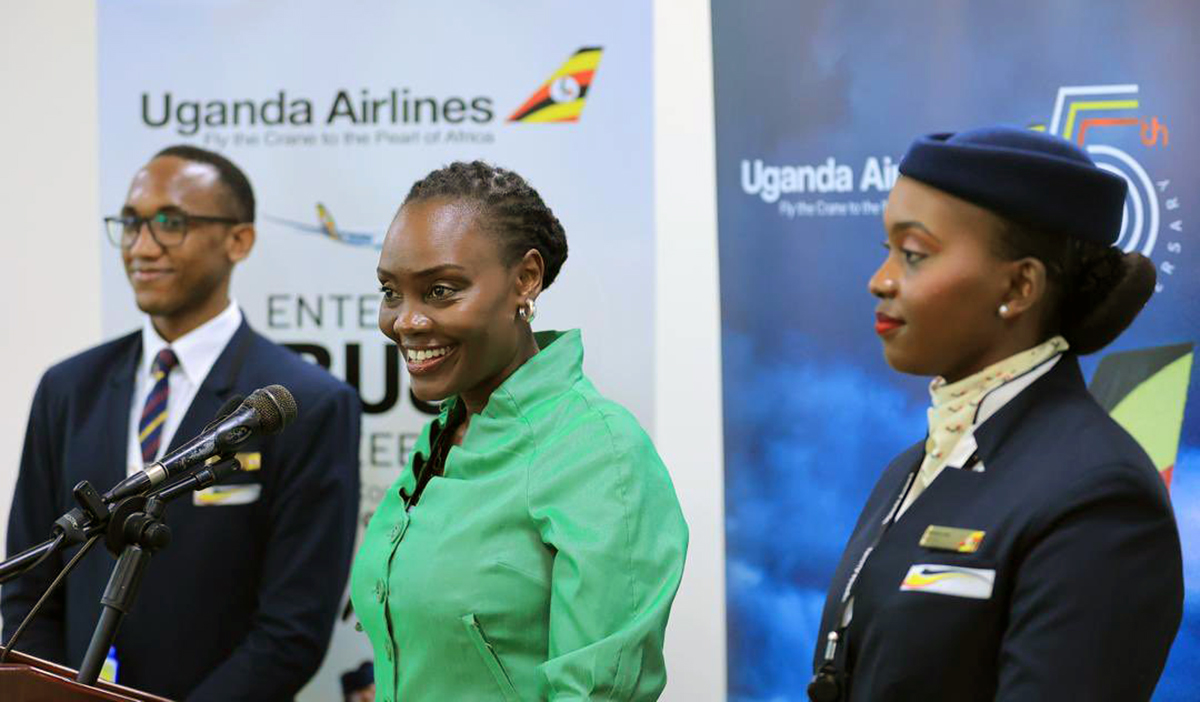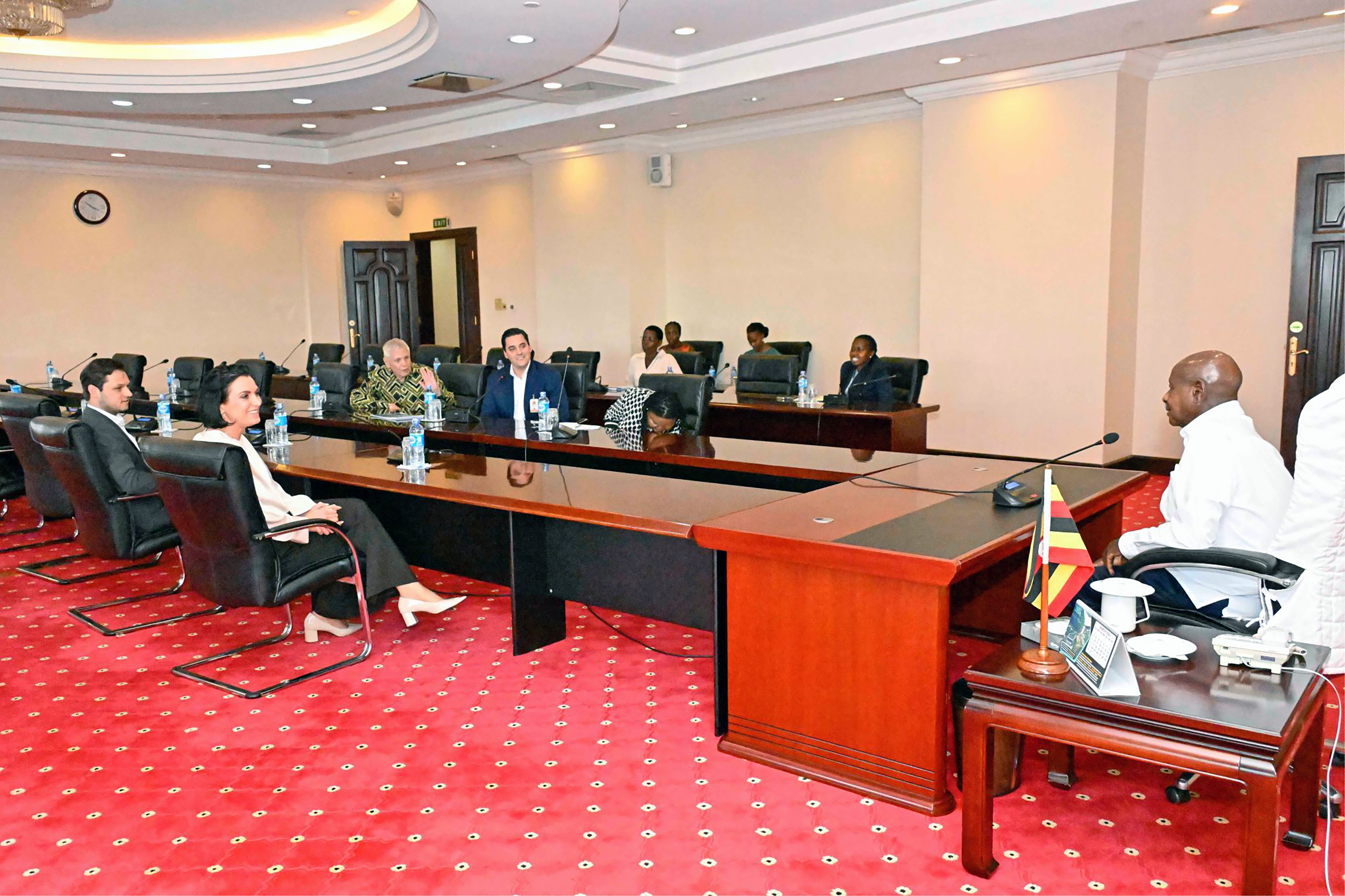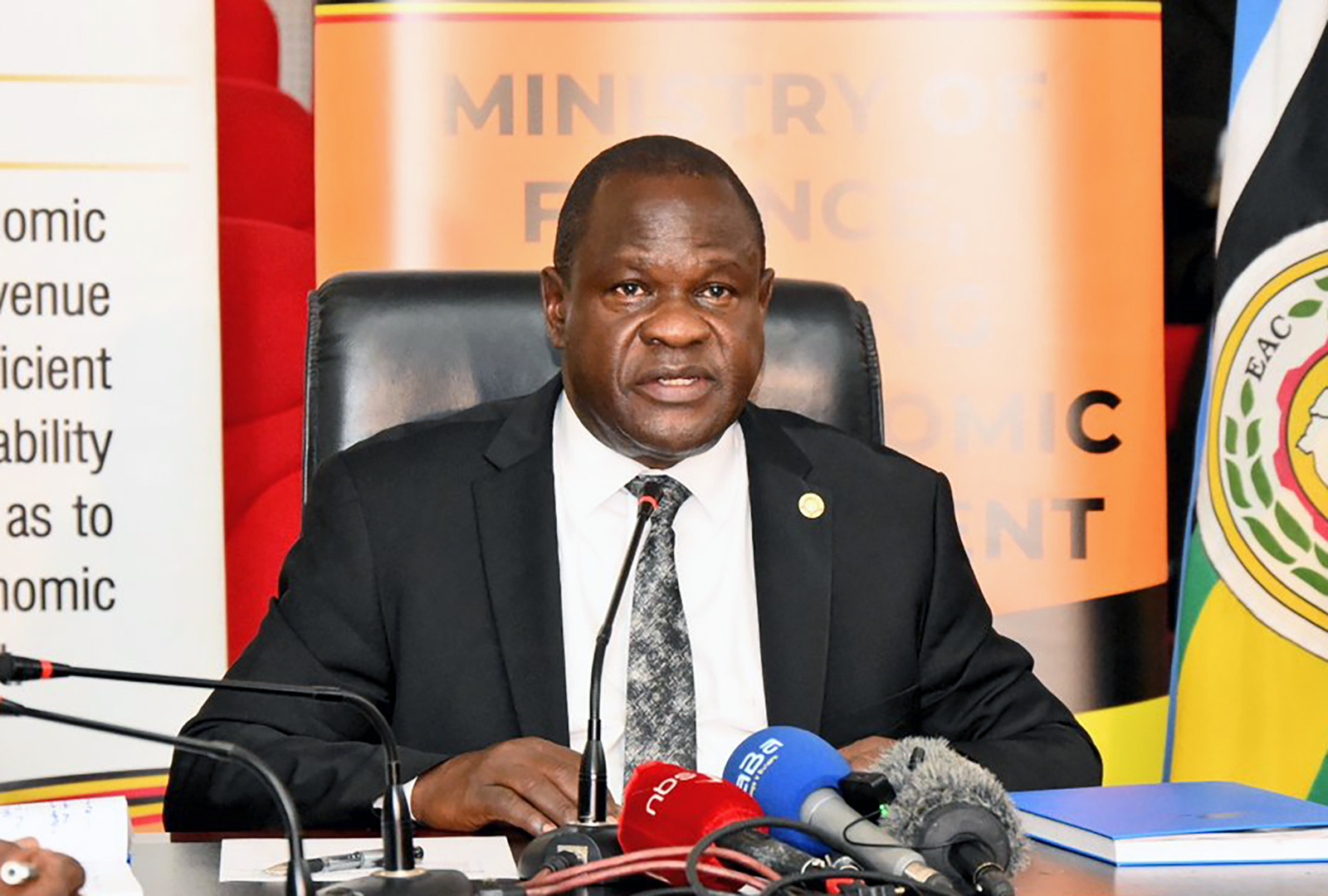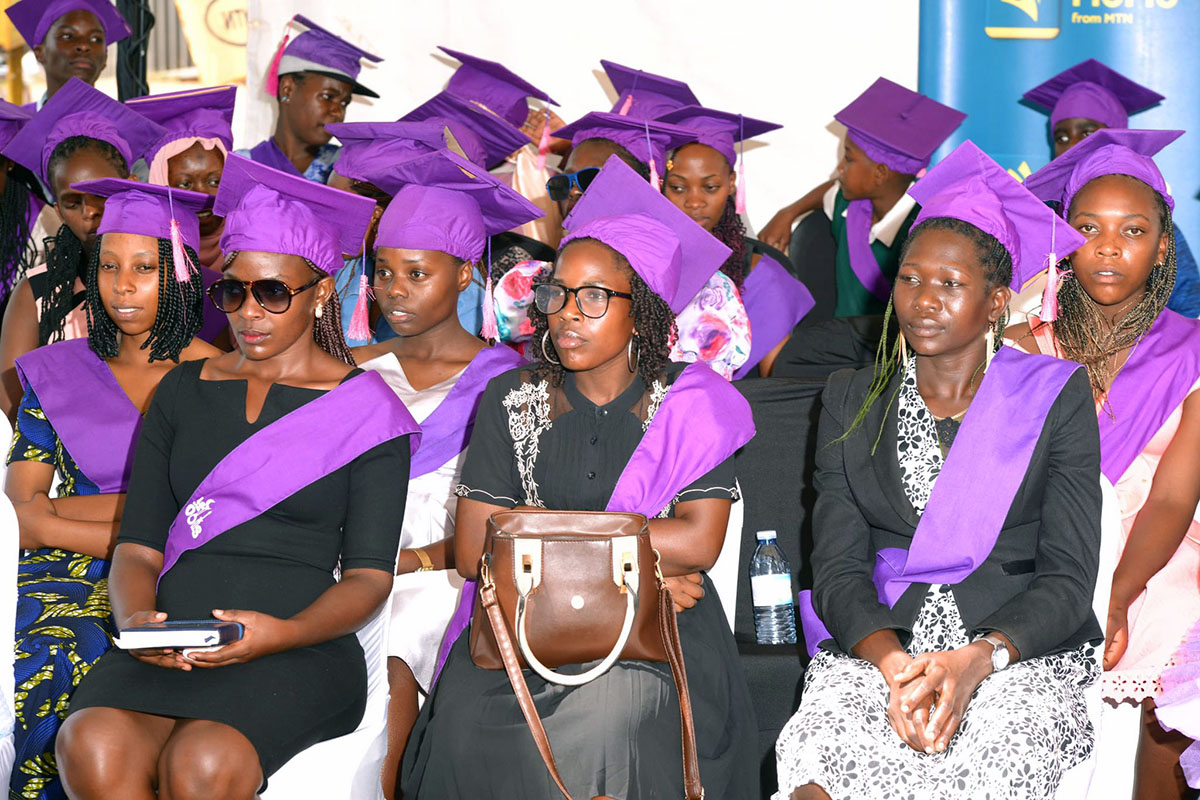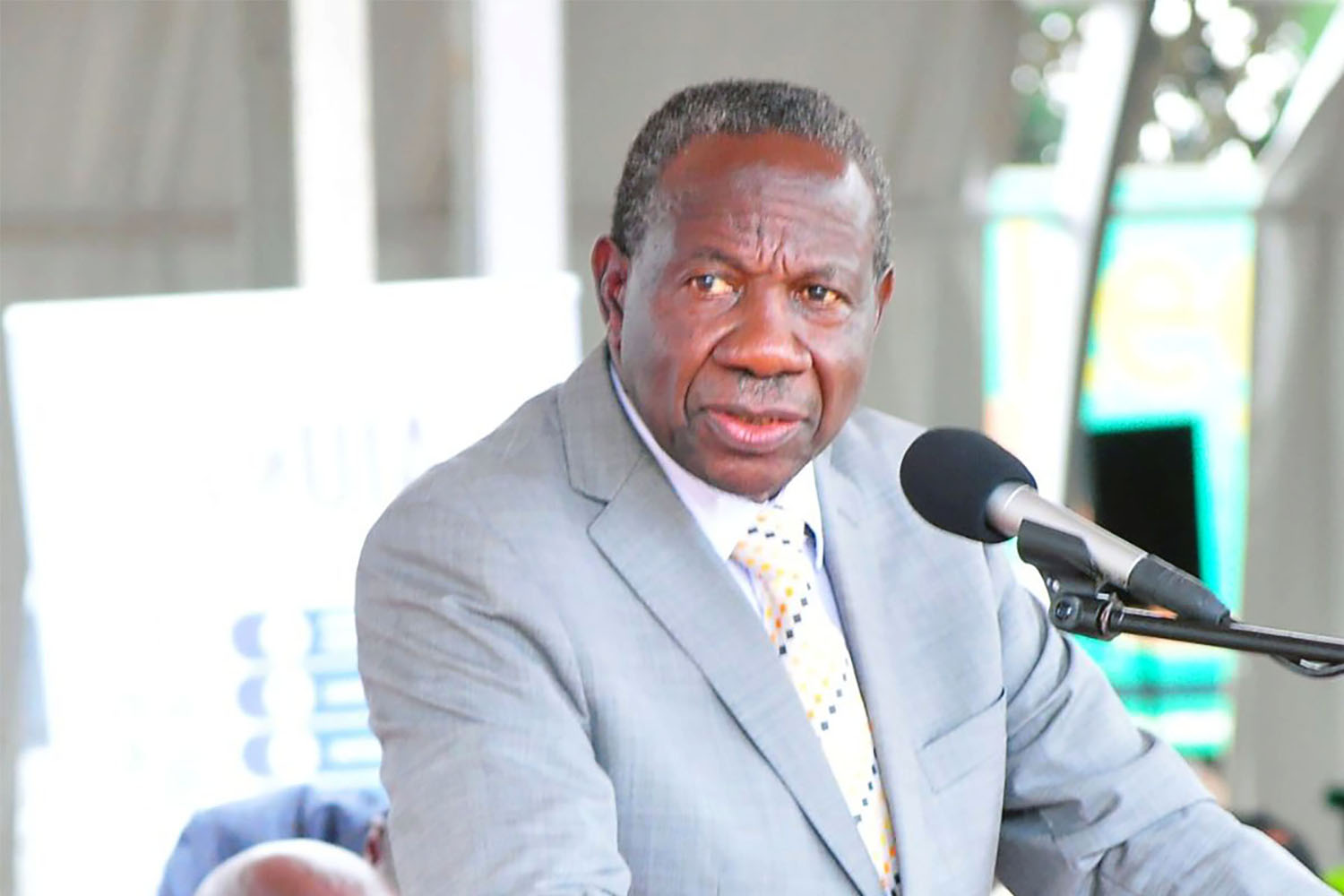Optimism as tourism earnings hit $1 bn mark

Uganda's post-pandemic tourism revenues topped UGX3.82 trillion (USD1 billion) in 2023, painting a promising picture for Uganda's economic post-Covid recovery, according to a new report.
With the current trajectory, direct tourism revenues are poised to surpass pre-pandemic levels by the end of 2024, signaling a bright future ahead. A closer look at expenditure patterns reveals the fundamental role played by accommodation, food and beverage facilities, commanding a combined share of 54% of tourist spending.
In terms of employment, the tourism sector emerged as a key contributor, directly supporting over 610,000 jobs, representing 5.7% of total employment. This notable increase from pre-pandemic levels underlines the sector's resilience and its ability to generate livelihoods and foster socio-economic development.
- Before the COVID-19 pandemic in 2020, the tourism industry had been the cornerstone of Uganda's economy, significantly contributing to GDP and sustaining livelihoods for millions. However, as the crisis unfolded, the sector's performance plummeted, with hotel bookings dwindling to a fraction.
According to the report, a significant milestone in Uganda's tourism recovery journey is the notable upsurge in international arrivals with the country welcoming 1,274,210 visitors in 2023, up from about 814,000 in the previous year. The resurgence in Uganda's tourism sector has been propelled by a notable surge in arrivals from the country's traditional overseas source markets, including the UK, USA, and India.
Arrivals from Africa continue to dominate Uganda's inbound tourism landscape, commanding an impressive share of 89.2%. Meanwhile, Asia, Europe, and the Americas contribute significantly to overseas tourist arrivals, highlighting the global appeal of Uganda's diverse attractions, the performance report adds.
- Asia and Africa have led the charge, with arrivals exceeding pre-pandemic levels by 79% and 9%, respectively. While overseas regions are yet to fully recover, there has been a notable uptick in visitor numbers from these areas in 2023. India stood steadfast as Uganda's foremost overseas market, maintaining its pivotal role in driving tourism influx. Meanwhile, USA, UK, China, and Germany continued to fortify their positions as the top source markets.


Across Africa, the top three source markets collectively contributed the lion's share of arrivals. Tanzania experienced a marginal dip in its ranking, while Burundi's ascent signaled evolving travel preferences. Zambia, Zimbabwe, and Sudan emerged as newcomers to the top ten markets from Africa, signaling a transformative shift in intra-continental tourism dynamics.
In the Americas, the report said USA continued to assert its dominance as Uganda's primary source market, closely trailed by Canada. A notable evolution was observed in tourist purposes, with leisure tourism witnessing a commendable growth from 12% to 16% in 2023. Insights into tourist behavior sheds further light on visitor trends, with a discernible preference for air travel and an average stay of eight nights in Uganda.
In general terms, the hospitality sector experienced a remarkable recovery, with hotel occupancy rates reaching new heights. The national average hotel room occupancy soared to about 54%, surpassing 2019 levels by two percentage points. Notably, domestic tourists emerged as the driving force behind this surge, constituting eight out of every ten guests in hotel and accommodation facilities.
According to the report, the resurgence of domestic tourism not only bolstered hotel occupancy but also invigorated the broader tourism ecosystem. With domestic visitor proportions surpassing pre-pandemic levels, Uganda's hotels and accommodation facilities experienced a much-improved performance in 2023.
- It further states that domestic tourism surged by 25.3%, with domestic adventurers gravitating towards renowned attractions like the Uganda Wildlife Conservation Education Centre (UWEC), which witnessed a 27% spike in visitor entries.
- Regionally, the Western region took the lead, boasting an impressive average occupancy rate of 65.2% in 2023. All regions, except the central region, surpassed pre-pandemic occupancy levels, fueled by the surge in domestic tourism, particularly for MICE, business, and leisure travel, as reported by stakeholders in the tourism private sector.
Notably, national park visitor numbers experienced a rebound with a 5.4% uptick in visitations, surpassing pre-pandemic levels by 20%. While some parks demonstrated remarkable resilience, others continued their trajectory towards full recovery, with notable increases in visitation to Semliki and Murchison Falls National Parks. The report further shows that significant milestones were also reached in visitations to iconic landmarks such as the Source of the Nile and the Uganda Museum, with both facilities witnessing substantial surges in visitor entries, surpassing pre-pandemic levels by 21% and a 137%.
According to the UNWTO, international tourism is expected to fully recover pre-pandemic levels in 2024, with initial estimates pointing to 2% growth above 2019 levels. However, the global tourism body notes that staff shortages remain a critical issue, as tourism businesses face a shortfall in labor to cope with high demand.





